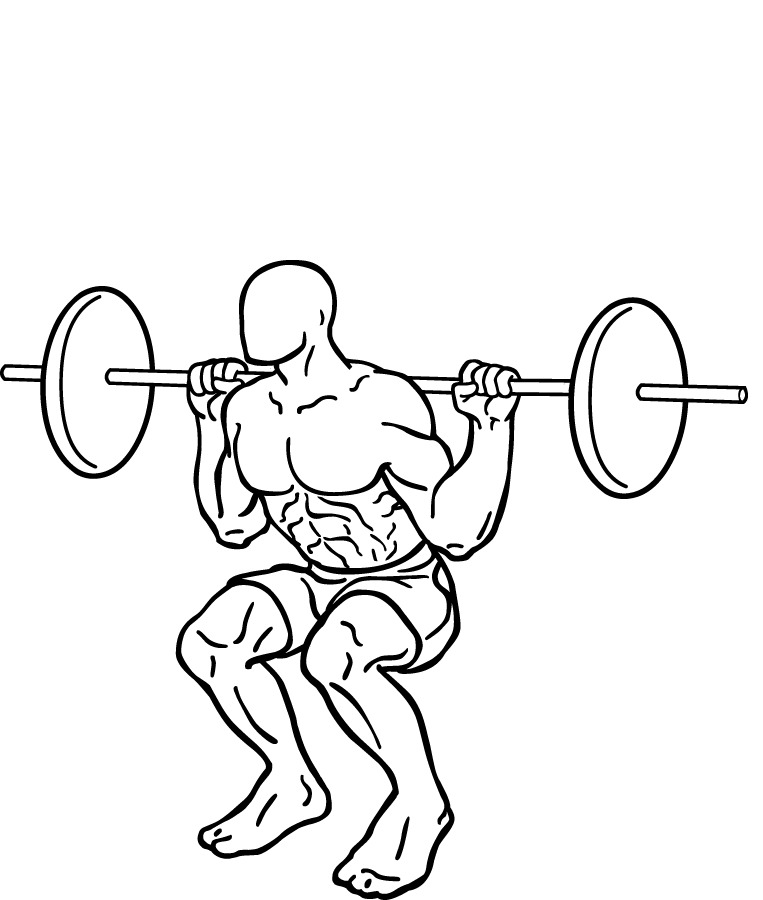Closed Chain Exercise
Original Editors - Vanderpooten Willem
Lead Editors - Your name will be added here if you are a lead editor on this page. Read more.
Introduction[edit | edit source]
Closed kinetic chain exercise or closes chain exercise (CKC) is an exercise or movement where the distal aspect of the extremity is fixed to an object that is stationary.
Here are some characteristics of CKC and the differences with open kinetic chain exercises: [1]
| Characterisctic |
Closed kinetic chain exercices |
Open kinetic chain exercises |
| Stress pattern |
Linear |
Rotary |
| Number of joint axes |
Multiple |
One primary |
| Nature of joint segments |
Both segments move simultaneously |
One stationary, other mobile |
| Number of moving joints |
Multiple joint movements |
Isolated joint motion |
| Planes of movement |
Multiple (triplanar) |
One (single) |
| Muscular involvement |
Significant co-contraction |
Isolation of muscle group, minimal muscular co-contraction |
| Movement pattern |
Significant functionally oriented |
Often non-functional |
Biomechanical and neurophysiologic factors[edit | edit source]
Biomechanical:
CKC techniques emphasize the sequential movement and placement of functionally related joints and therefore require coordinated and sequential muscle activation patterns to control proper joint movement. [2]
Neurophysiologic:
Closed kinetic chain exercises stimulate the proprioceptive system by proprioceptive feedback to initiate and control muscle activation patterns. [2]
Exercises
[edit | edit source]
1. Closed chain upperbody kinetic exercises
Push-ups and their derivatives, pull-ups or chin-ups, and dips. These concentrate on a co-contraction of the M. triceps, M. biceps, M. deltoids, M. pectoral may and min, and lower back for stabilization in various ratios depending upon angle and leverage.
E.g., CKC upperbody
2. Closed chain lowerbody kinetic exercises
Squats, deadlifts, lunges, power cleans, and leg presses. These concentrate on a co-contraction of the quadriceps, hamstrings, hip flexors, soleus, and gastrocnemius muscles. The joints of movement include the knee, hip, and ankle
Clinical Bottom Line[edit | edit source]
Many factors should be considered when deciding to use open kinetic chain exercises versus closed kinetic chain exercises. The patient's condition and stage of rehabilitation will aid in the clinician's judgement of exercise prescription.
Recent Related Research (from Pubmed)[edit | edit source]
see tutorial on Adding PubMed Feed
Failed to load RSS feed from http://www.ncbi.nlm.nih.gov/entrez/eutils/erss.cgi?rss_guid=1LqKQ9r8nlqcZrTfKJQ11PDaPh_nsG0xlbXhSy3kzN7yrO2I3f|charset=UTF-8|short|max=10: Error parsing XML for RSS
References[edit | edit source]







